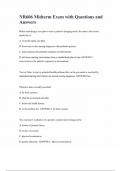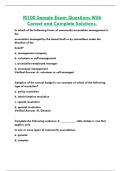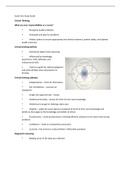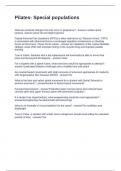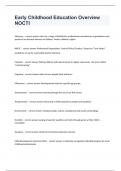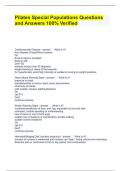Summary
Summary Cases and overview on result crimes and causation- Criminal law
- Module
- Criminal Law
- Institution
- Nottingham Trent University (NTU)
Providing an overview and key legal elements of result crimes and causation. Including cases (in pink).
[Show more]




